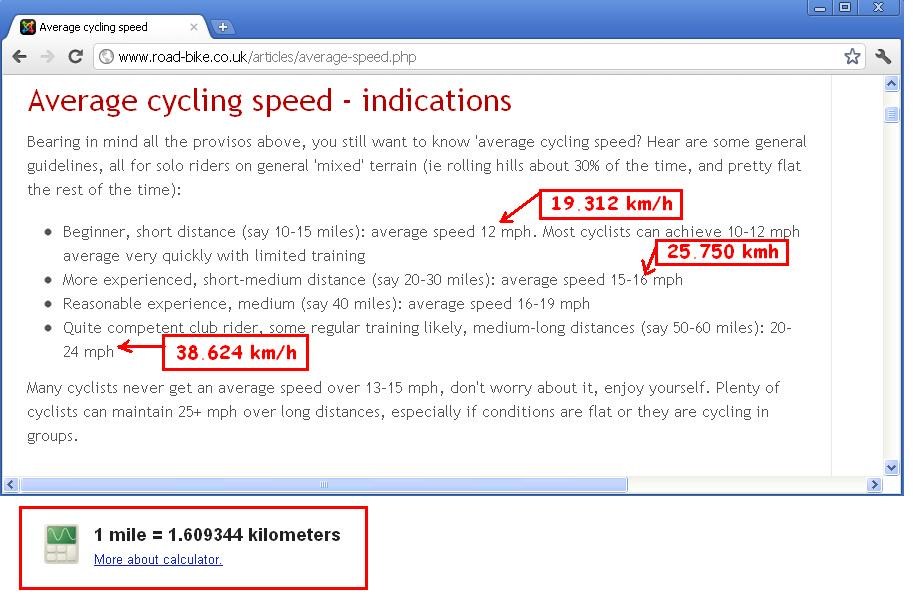Singapore Public Transport is obscenely overpriced (compared to equivalent PMD use).
PMD (personal mobility device) (e-scooter) with 40Ah battery @25V motor is 1kwh/battery charge =24cents electricity from PUB.
(Household electricity tariff today is SGD 24cents/kWh).
This 1kwh/ battery charge can travel up to 60km distance @25kph (LTA speed limit).
Average public bus speed is only 17-18kph (see quote below).
@24cents/60km is less than half cents per km distance travel.
What public transport mode can beat this PMD transport mode price?
Returning to 'suicide' topic (parent thread discussing elderly suicides in Singapore) more people will commit suicide as they are being ripped of by high public transport prices simply because technology is available to provide public transport @ under half cents/km travelled: yet the government selfishly prevents its implementation /use.
And PMDs are much more energy efficient (lighter, no frills)...
That is why the bus model is OBSOLETE because it is pollutive and clumsy (restricted routes, unpredictable traffic delays, crowded) and has restricted operating hours. PMDs are the way to go and the technology is now ready and ripe to use for journeys under 40km in Singapore / other cosmopolitan cities.
PMD (personal mobility device) (e-scooter) with 40Ah battery @25V motor is 1kwh/battery charge =24cents electricity from PUB.
(Household electricity tariff today is SGD 24cents/kWh).
This 1kwh/ battery charge can travel up to 60km distance @25kph (LTA speed limit).
Average public bus speed is only 17-18kph (see quote below).
@24cents/60km is less than half cents per km distance travel.
What public transport mode can beat this PMD transport mode price?
Returning to 'suicide' topic (parent thread discussing elderly suicides in Singapore) more people will commit suicide as they are being ripped of by high public transport prices simply because technology is available to provide public transport @ under half cents/km travelled: yet the government selfishly prevents its implementation /use.
And PMDs are much more energy efficient (lighter, no frills)...
That is why the bus model is OBSOLETE because it is pollutive and clumsy (restricted routes, unpredictable traffic delays, crowded) and has restricted operating hours. PMDs are the way to go and the technology is now ready and ripe to use for journeys under 40km in Singapore / other cosmopolitan cities.
cherry6(hwz) said:Public transport in Singapore: Ride bicycle is faster.

According to 'Average cycling speed' (road-bike.co.uk) [link]: "Average cycling speed - indications... some general guidelines, all for solo riders on general 'mixed' terrain (ie rolling hills about 30% of the time, and pretty flat the rest of the time): Beginner, short distance (say 10-15 miles): average speed 12 mph. Most cyclists can achieve 10-12 mph (16.09 - 19.31kph) average very quickly with limited training. ..."
The TODAY news report (appended bottom):
"Minister of State for Transport Josephine Teo revealed ... bus speeds have gone down from 19.1kmh in 2007 to 17.8kmh...."
Given that a "more experienced" cyclist can maintain an average speed of 25kph over a "short-medium distance of 20-30miles" (32 - 48km), and that cycling is a healthy sport, not just physically but also environmentally, (in so far that protection is worn and rules are obeyed), the current situation of slow bus timings, snail paced traffic, single occupant cars etc, it would probably be time, I think for a major public transport revamp/ re-think in the making.
==========
Bus hubs currently the priority and good progress made: Josephine Teo
04:45 AM Jan 18, 2012
by Sumita Sreedharan
SINGAPORE - Bus speeds have decreased slightly because of an increase in ridership, Minister of State for Transport Josephine Teo revealed in Parliament yesterday.
Responding to Chua Chu Kang GRC MP Alex Yam, who had asked about the progress in improving bus speeds, Mrs Teo said bus speeds have gone down from 19.1kmh in 2007 to 17.8kmh, as ridership went up from 2.9 million per day to 3.45 million per day in the same time.
"As more buses are introduced to cater to this increase, this would have caused buses to wait a longer time at bus stops to accommodate increased passenger boarding and alighting activities," explained Mrs Teo.
To address this, the Land Transport Authority had announced recently that 35 bus stops would be expanded into bus hubs by the end of next year, allowing more buses to berth at bus bays for simultaneous boarding and alighting. This would reduce the average time each bus spends at bus stops, improving speeds and the journey times for commuters.
Pressed by Mr Yam to elaborate on the schemes under study by the ministry, Mrs Teo said the 35 bus hubs are currently the priority project and "good progress" has been made.
Mr Yam also suggested that longer, wider trunk roads be installed across the central median to reduce the incidence of left-turning vehicles blocking the buses that are going straight. Mrs Teo said this would be considered. Nee Soon GRC MP Lee Bee Wah brought up the issue of bus drivers' unfamiliarity with bus routes, asking if measures have been taken to address this.
Mrs Teo attributed the problem to "occasions where there are services that need to be improved very quickly", and buses need to be pumped in; hence drivers are deployed on unfamiliar routes.
Having more bus drivers trained across different routes would help but this would take time to implement as operators would need to pull drivers from their regular services for training, she said.
Nonetheless, she stressed that the issue is being "taken seriously" and the bus system must become "more flexible" and "more responsive" to the need for bus services. Sumita Sreedharan
URL TODAYonline | Singapore | Bus hubs currently the priority and good progress made: Josephine Teo
Copyright 2012 MediaCorp Pte
====
"Pollution in China "[p.source]
